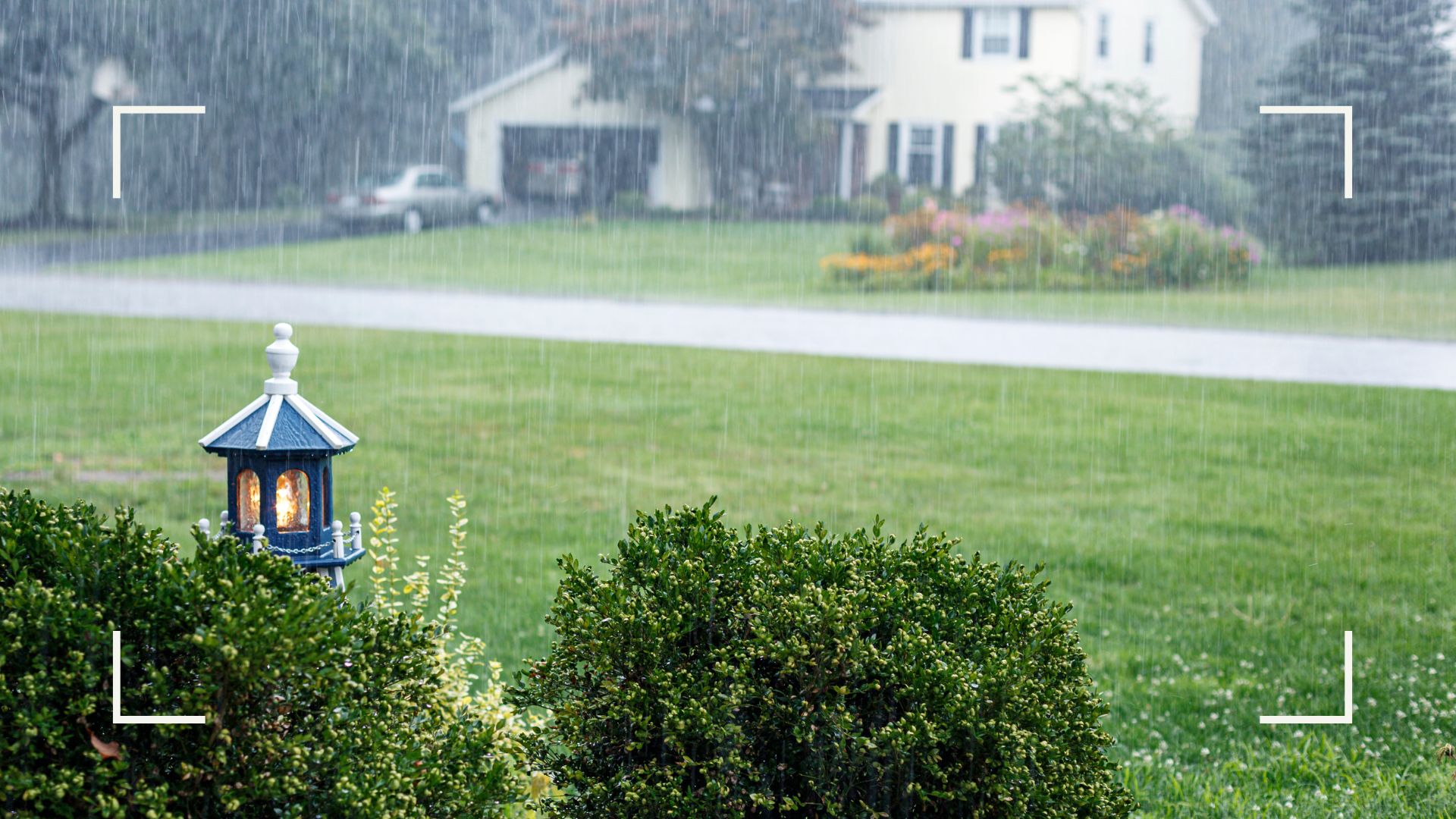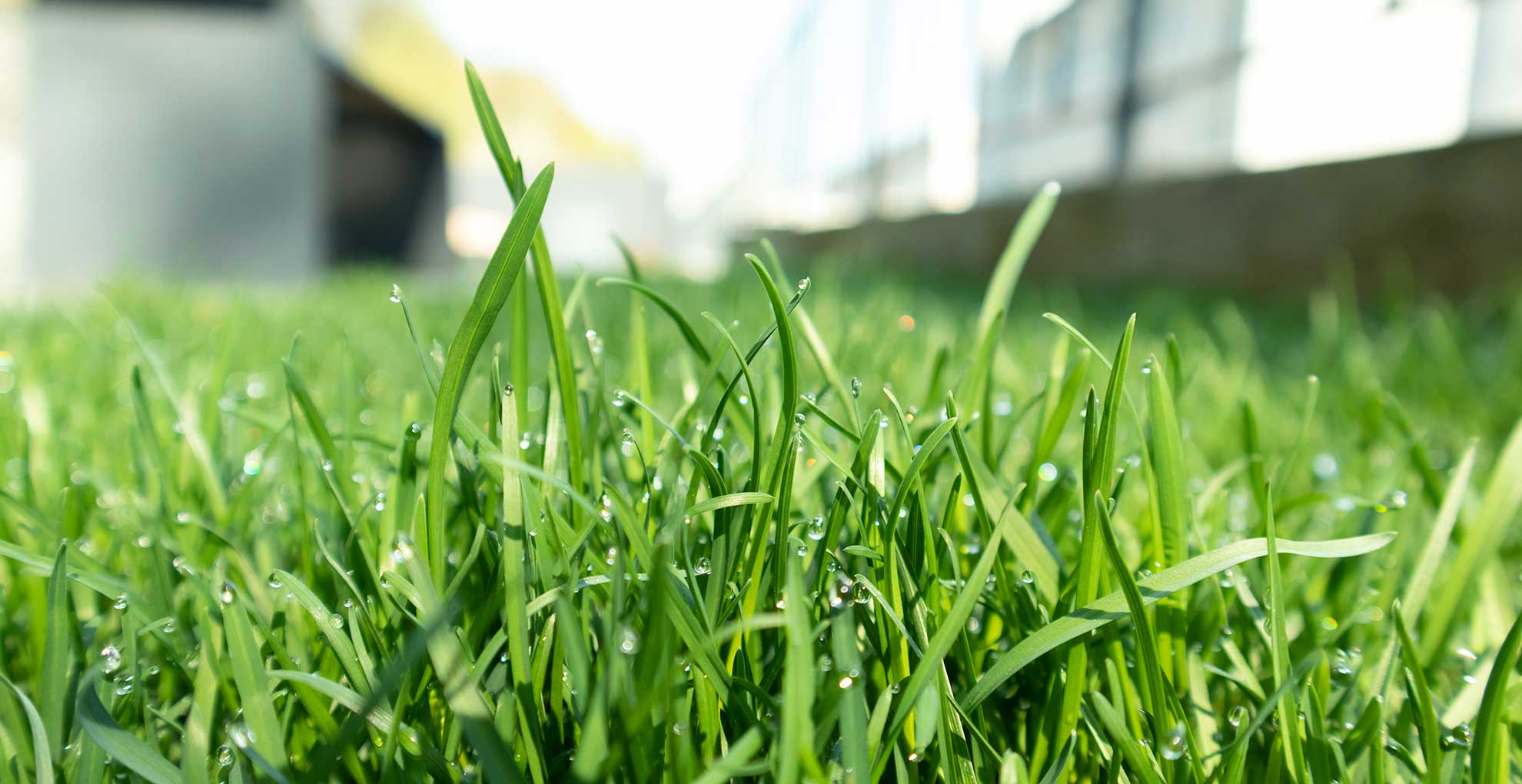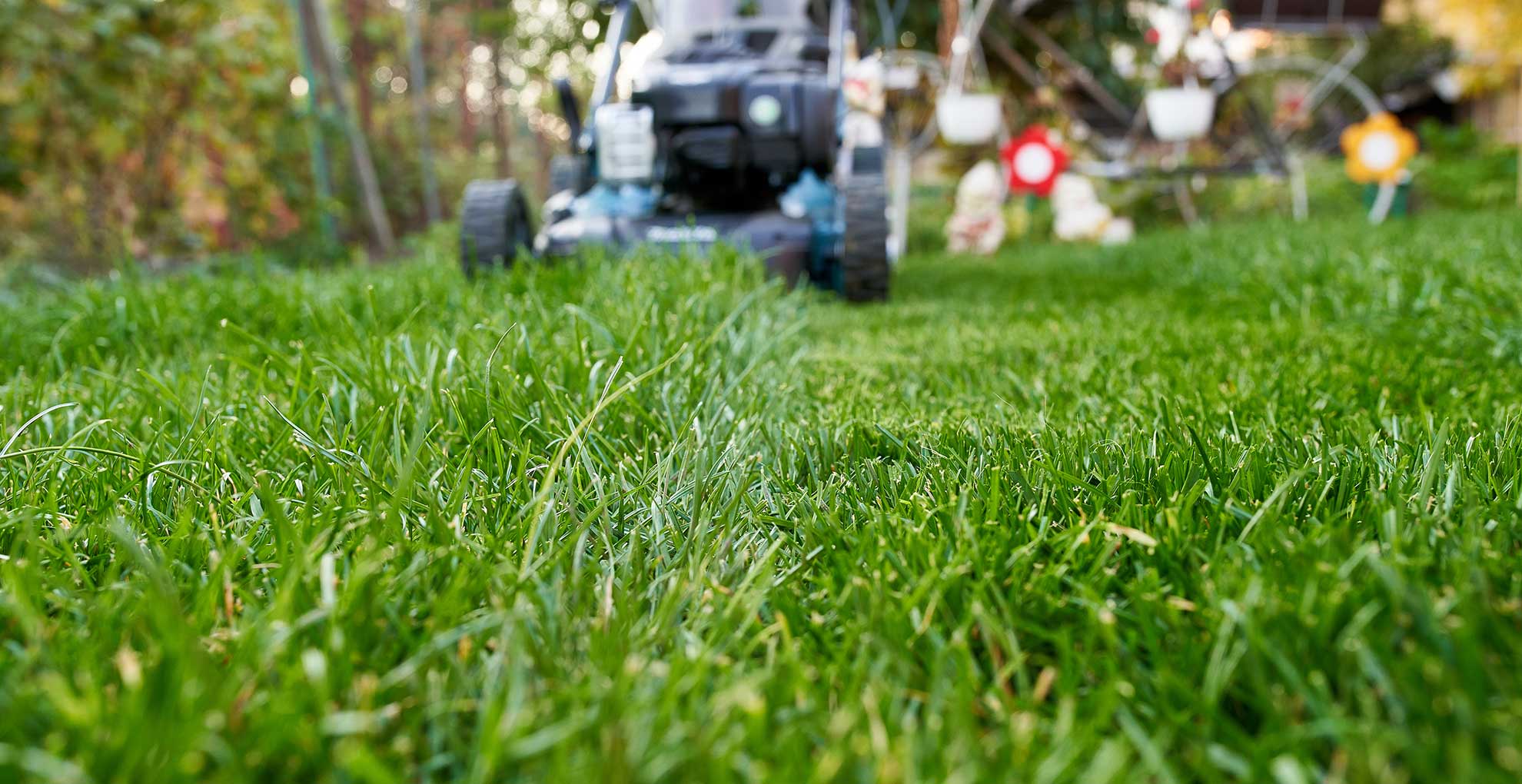
When unpredictable weather strikes it can not only ruin your summer BBQ plans, but it can also ruin your lawn by throwing your mowing routine off schedule leaving you questioning if you can cut wet grass. And if not, then how long after the rain can you cut the grass again?
At this time of the year more often than not we are more concerned with the notion of what to do if your lawn is yellow due to the scorching summer heat and the risk of dehydration. And while that still remains a common problem for any keen gardener there's also the dilemma of when to cut the grass again after sudden downpours.
This becomes especially crucial during the summer months because of ground conditions caused by the heat. Therefore, knowing when to mow the lawn after a deluge of rain is all the more important to understand for avoiding lawn care mistakes and ensuring your lawn stays healthy throughout the whole of summer, whatever the weather.
Can you cut wet grass?
In a word, no. Similar to when asking if you can scarify a wet lawn, the answer is no if you want to avoid causing the lawn any unnecessary stress.
“Mowing wet grass is never a good idea since it can damage your lawn and clog your mower’s blades,” warns Cheryl Harper, managing director at Greensleeves Lawn Care. “Wet grass blades are slick and tough to slice, creating an uneven shred (at best) rather than the clean-cut which is healthier for the grass."
Cheryl adds: "Mowing while wet can also directly contribute to soil compaction. You’ll get areas of poor growth and increase the chances of the lawn succumbing to various lawn diseases."
"You should avoid mowing grass when it’s wet," agrees Chris McIlroy, a grass expert at The Grass People. "Try to cut on days when the grass has had a chance to dry after the rain."
In conclusion, it's best to avoid mowing wet grass for the welfare of your lawn but also for the best interests of your mower and its blades.

How long after rain can you cut the grass?
Unlike the advice of when to first cut grass after winter, the difference for summer is the temperatures. So while it may rain solidly for an hour or so the heat that (hopefully) ensues should be enough to speed up the recovery time to start mowing again.
"Generally speaking, rain can take up to 5 hours to dry, depending on the temperature and level of rain / how many days the rain has been falling previously," Chris explains. "For heavier showers, we would recommend waiting at least a day before you can safely mow."
Also, be aware that even during the height of summer shaded areas of your lawn may take longer to dry out as they aren’t under direct sunlight so take extra caution to check over those areas before assuming it's safe to mow your entire lawn.
"If there has been heavy rainfall, consistently for several hours or even a day, you may find that it will retain that moisture for a longer period of time,' warns Chris. In this instance, it's best to wait a little longer to ensure the rain has completely dried out and that the roots are sodden.
"Also, if you have a compacted lawn, rain may take longer to leave the grass surface than a well-aerated lawn, so it will take longer to dry again." the best advice is to aerate your lawn ahead of any predicted rain forecast, to reduce the compaction and therefore reduce the water from building up.
The above are guidelines but it will ultimately depend on. the amount of rain experienced and the climate conditions that follow. "If you are still unsure, just test the grass with your hands or feet," suggests Chris, "you will soon know if there is still a heavier amount of moisture there."
How wet is too wet to mow?
Depending on how heavy the downpour it can be tricky to gauge how wet is too wet just by the passing of time, it's best to do a more thorough check first before you get the lawn mower ready.
"If you notice any pools or water on the surface of the ground, you will know that it is too wet to mow," advises Chris. "Use your hands or feet to check the moisture on the surface of the ground, and if it is still soggy, hold off until the grass is a bit dryer."
"If the ground is waterlogged and soft, you are likely to damage the turf with the mower as well as walking on it," says Gemma Vincent, product manager at Hayter. "You need to make sure the water has drained away from the surface and the ground is firm before you cut."

Is it better to cut grass before or after rain?
The question of if it's better to cut before or after rain is very much dependent on the circumstances. "If you have experienced a period of drought, we recommend waiting until after the rain so that your lawn will be in better condition and less stressed after a drought," advises Chris. "If you do this, just make sure you give your lawn a chance to dry out a bit before going in with your mower. (Up to 5 hours).
However, if your lawn needs mowing and there is rainfall forecast for the next few days, Chris suggests: "It might be best to get in there before the showers and give your lawn a trim."
"It is better to cut grass before the rain," agrees Cheryl. "The mower blades will cut through grass a lot more efficiently when it is dry. Wet grass clippings can clump together, leading to clogging. This can cause the mower to stall or leave behind large clumps of grass on the lawn."
Cheryl also warns, "Grass leaf retains the majority of the moisture from rainfall so if you cut it too short the sun will then bake it. You’ll quickly see it go brown or have dry patches." This is why the frequency of how often you should fertilize your lawn may vary more during the summer months if you are cutting the lawn too short and causing yellow patches as a result.
Unlike the best time of day to water a lawn, the best time for mowing the grass is highly variable. Check the long-range forecast to plan ahead to get the best possible lawn mowing routine in place before the rain sets in.







